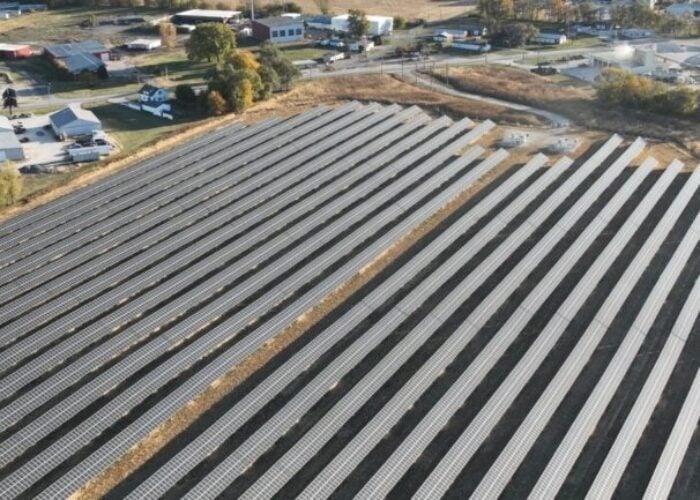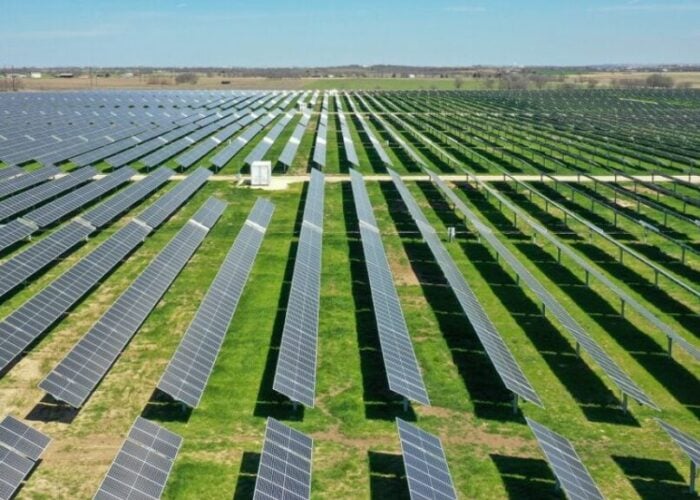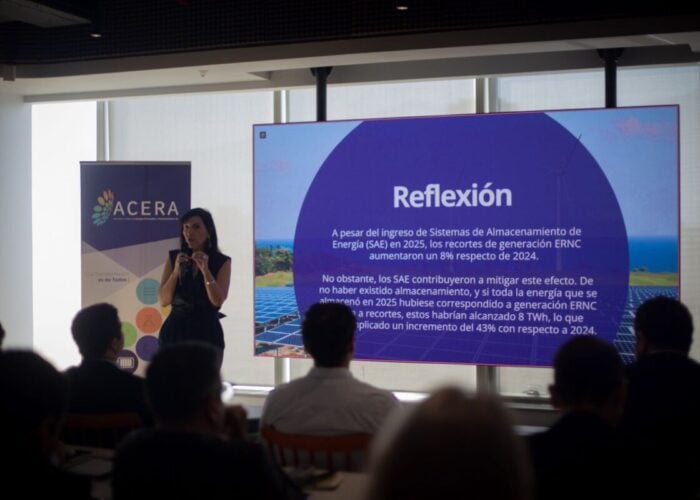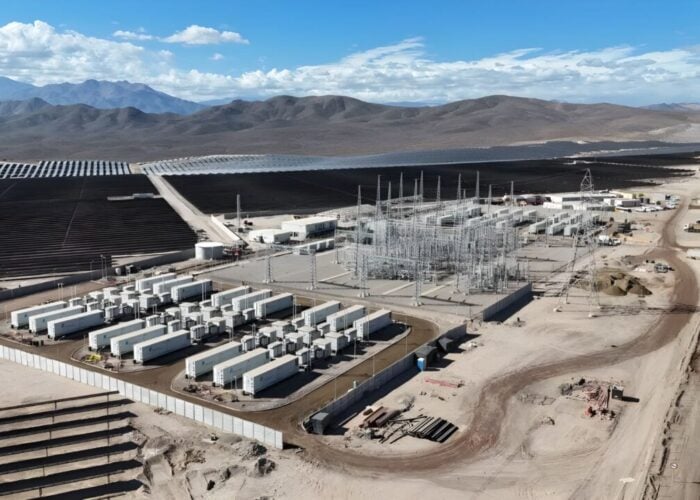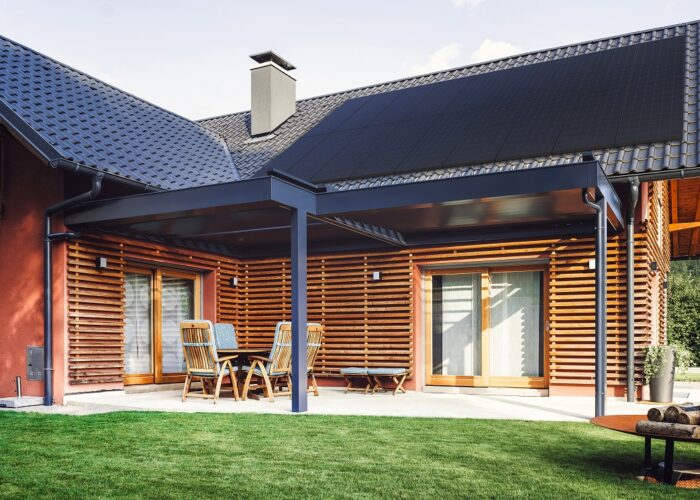No one loves the sun as much as the president of the United States and his energy secretary. Dr Steven Chu took up President Barack Obama's appointment as US Secretary of Energy in 2009 and has since either re-stated existing federal commitments to solar or made fresh commitments to the technology.
Chinese manufacturers (and their government) take much of the credit for reducing the costs of solar that would probably have happened without Chu's SunShot Initiative to lower the cost of solar. But the US$1/watt target gave technology emerging from American research labs something to aim for.
Try Premium for just $1
- Full premium access for the first month at only $1
- Converts to an annual rate after 30 days unless cancelled
- Cancel anytime during the trial period
Premium Benefits
- Expert industry analysis and interviews
- Digital access to PV Tech Power journal
- Exclusive event discounts
Or get the full Premium subscription right away
Or continue reading this article for free
“The SunShot Incubator programme fosters the innovative small businesses that will rapidly bring technological advances to market and pioneer a new era in American energy,” said Chu.
The highest-ranking physicist in the US and his president, refuse to give up hope that Team USA is still in the game. Obama threw down the gauntlet to Chinese competition in this year's state of the union address, an aggressive position he repeated in March when he visited the Copper Mountain project, in Boulder City, Nevada, the largest US plant to date.
In the baking heat of the Nevada desert with a backdrop of gleaming PV panels, the US president said:”We’re also enforcing our trade laws to make sure countries like China aren’t giving their solar companies an unfair advantage over ours… We’re going to have to make sure that we’re the guys who are selling them the technology and the know-how to make sure that they’re getting the power that they need.
“[We] took the first step towards levelling the playing field, because my attitude is, when the playing field is level, then American workers and American businesses are always going to win. And that’s why we’ve got to make sure that our laws are properly enforced.”
Last week, Obama's rhetoric was matched with higher tariffs than many in the US solar industry were hoping for when the US Department of Commerce announced an anti-dumping duty of 31%.
Such joined up policy thinking is usually the domain of China's command and control style of administration.
But the Commerce decision could help to ensure that the DoE's investments will not be wasted from the billions spent on solar in the 1705 loan guarantee programme and hundreds of millions spent on the SunShot Initiative and on the Arpa-E Adept programme.
Chu's SunShot Incubator programme is trying to seed innovation that will grow from the lab and eventually take root in the market. Last month, he announced US$12 million in further spending to “speed solar energy innovation from the lab to the marketplace” in addition to the US$60m spent since 2007.
In 2009, another DoE programme under Chu funded 46 Energy Frontier Research Centres (EFRCs) with US$2-US$5 million a year to facilitate collaboration between universities, national laboratories and private companies to develop “the scientific foundation for a fundamentally new US energy economy”.
The California Institute of Technology in Pasadena hosts the Light-Material Interactions in Energy Conversion Energy Frontier Research Centre (LMI-EFRC), which focuses on new architectures for solar energy conversion.
The LMI-EFRC is led by Caltech physicist, Professor Harry Atwater, who established gallium-arsenide solar start-up Alta Devices in 2007 with venture capital from Kleiner Perkins Caufield & Byers, among others. In February, the National Renewable Energy Laboratory (NREL) verified an Alta Devices solar panel at 23.5% efficiency.
Caltech is collaborating with the University of Illinois and Lawrence Berkeley National Laboratory (LBNL) to tackle materials challenges in such as the mismatch between silicon wafers that introduce defects.
One potential solution LMI-EFRC is currently researching is a shift from flat surfaces to 3D structures such as silicon wire array solar cells.
Dr Bryce Sadtler is one of the researchers working on this transition from wafers to wires at Caltech. “Much of the research we are doing at Caltech involves structuring solar cell materials at the microscale in order to change the way they interact with light,” he said.
“While the active semiconductor component of the solar cell that absorbs the light and creates electrical charge consists of highly polished silicon, there is an anti-reflection coating on top of the silicon, whose roughened texture prevents the incident light from being reflected. We would like to take the next step and make the active light absorbing material out of a 3D structure.
“A nice example of how a 3D structure can change the flow of sunlight is seen in the wings of a butterfly or a peacock feather. Their iridescence arises because wings on a butterfly have features that are about 1 micrometre in size.
“So by designing the 3D structure of a material at the microscale you can control its interaction with light, which has the potential to dramatically increase the material's ability to harvest sunlight.”
Sadlter said that his research team hadn't yet managed to prove efficiency improvements. But recovered silicon wasted in the wafer manufacturing process can be used to “grow” these silicon cylinders, dramatically reducing costs.
“An array of the silicon micro-wire embedded in a polymer film, contains about 1/100th the amount silicon than in a traditional flat silicon solar panel, but still absorbs the same amount of light,” he said.
Polymer around the wires also makes the cell flexible as opposed to polycrystalline silicon's glass-like brittleness.
Each wire is made from single crystalline silicon around 50 to 100 microns long and 2 to 3 microns in diametre. The length is optimized for absorbing light, the diametre is optimised for extracting charge and incident light, particularly when the sun is high in the sky, which is captured by aluminium oxide suspended in the polymer, he said.
“One of the problems with many of the current thin film materials for solar cells, such as amorphous silicon, is that the material is of lower quality so the charge often dissipates before it can be collected. 3D structuring can also help with charge collection by allowing the charges to travel shorter distances before they are collected to generate current.
“Many of the materials we are working with are traditional solar cell materials, such as silicon and gallium arsenide, the ability to make 3D structures opens up the possibility of making solar cells out of non-traditional materials such as copper oxide and iron sulphide.”
Obama and Chu make no secret that they want to see Team USA out front on solar again – especially when it comes to their investments in innovation.
“Sometimes, you need a jumpstart to make it happen,” said Obama in Nevada. “That's been true of every innovation that we’ve ever had. And we know that some discoveries won’t pan out. There’s the VCR and the Beta and… all that stuff.”
Now that the rules of the game have been changed half-way through the match, focus will return to US solar scientists researching innovations to decrease costs and increase efficiencies.

